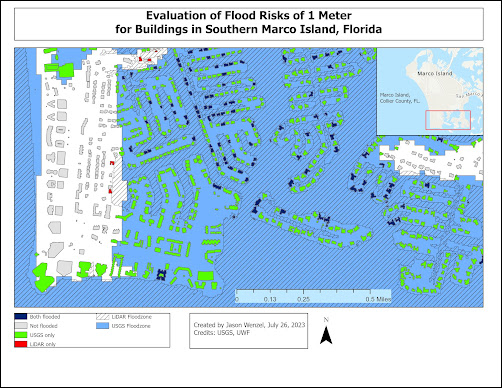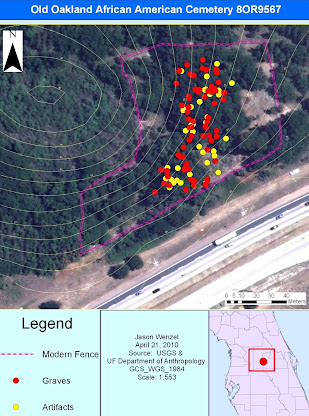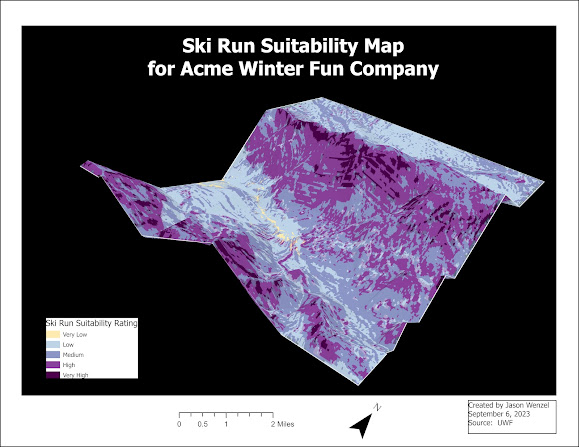Hazards: Coastal Flooding
This week in GIS Applications, we examined the topic of Coastal Flooding by learning how to assess this type of hazard to communities through the delineation of coastal flood zones via various digital elevation models (DEMs). Here we used a variety of techniques and tools such as overlay analysis in vector and raster domains while examining the differences in different types such as traditional USGS DEM and LiDAR derived DEM data.
For the first part, I determined the level of erosion that occurred on the New Jersey coastline, particularly in Mantoloking, as the resulting from Hurricane Sandy in 2012. Here I compared pre and post sandy LiDAR imagery of the area by creating DEMs of the area. This involved converting the .las files to TINs and using the Raster Calculator tool in order to highlight the greatest areas of erosion through a symbolized color ramp (going from red to blue).
In the second part of the lab, I analyzed storm surge in Cape May County, New Jersey, by determining the percentage of residents that
would be impacted by a 2-meter surge:
For the last part of the assignment, I analyzed storm surge
in Collier County, Florida by comparing two different DEM data sets, one from LiDAR data with a
horizontal resolution of 25 feet and another created by the USGS from
traditional models, such as photogrammetry. The resolution of the latter was
100 feet. In addition, I determined the
impact of buildings impacted by overlaying each of the DEM data sets converted
to polygons. I conducted an analysis to determine the amount of buildings (commercial, residential, garage, and shed) by a one-meter rise in storm surge. The map shows differences between the LiDAR and USGS DEM models in terms of delineating the buildings at risk:
I enjoyed this week's lab and topic because I have an interest in the impacts of climate change and sea level rise on various human societies in both the past and in the present. My understanding and appreciation for LiDAR technology and its use in GIS has increased not only for the topic of coastal flooding but the potential for uses in other areas of research.






Comments
Post a Comment